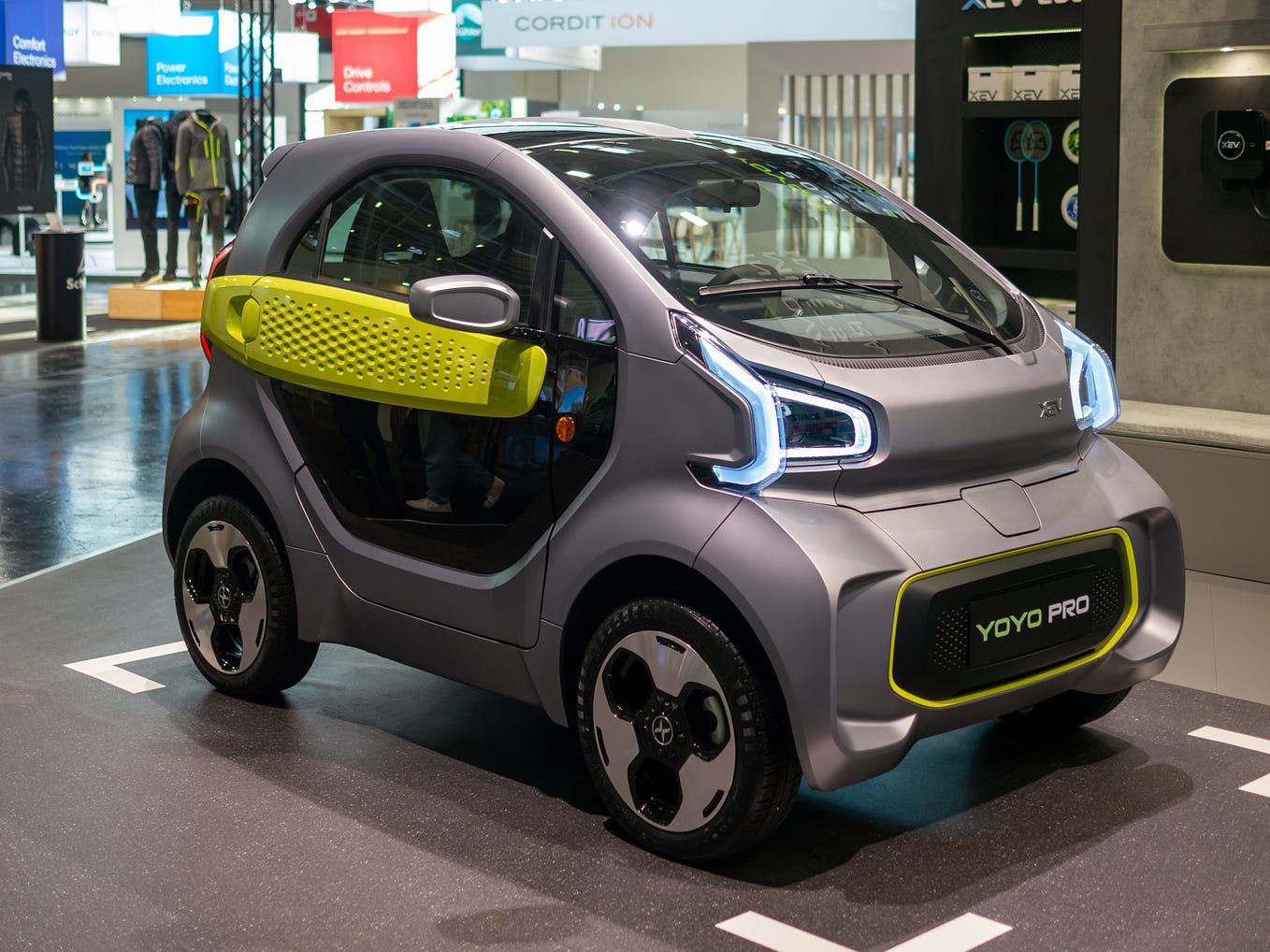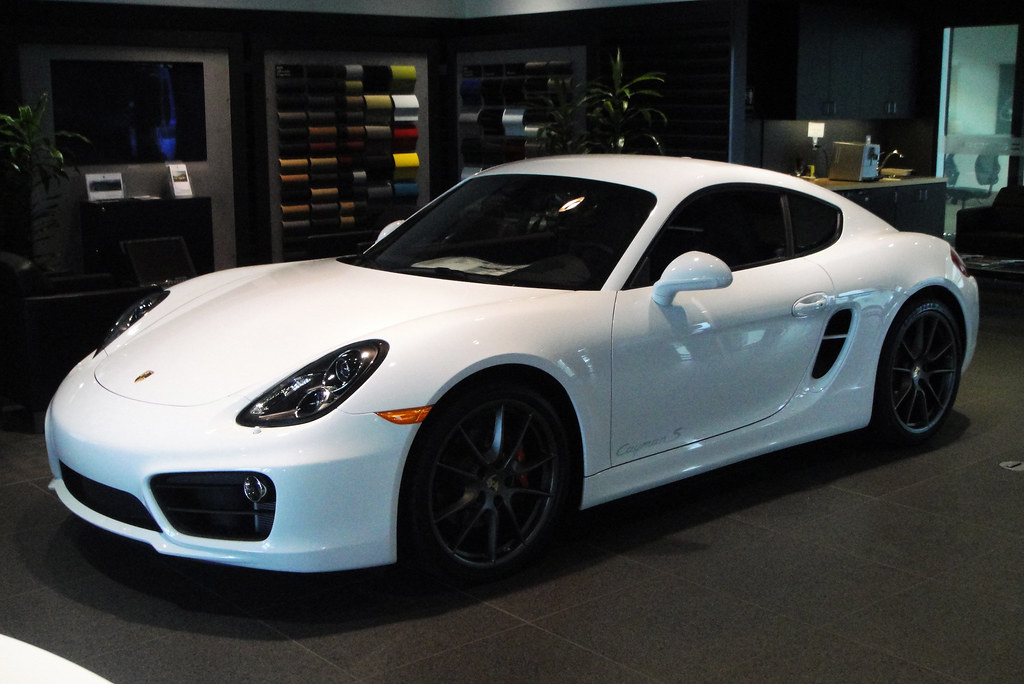
In an era where the average new car price is nearing a staggering $50,000, according to CarEdge, the importance of vehicle reliability has never been more paramount. Investing such a significant sum into a vehicle inherently comes with the expectation of a hassle-free ownership experience. No one dreams of spending their precious weekends waiting at a repair shop or dealing with the constant stress of unexpected mechanical failures. Reliability isn’t just a convenience; it’s a critical component of financial prudence and daily peace of mind. The ability of your car to perform its intended function consistently over time, with minimal unexpected issues, translates directly into financial savings, reduced stress, and ultimately, a more enjoyable driving experience.
Thankfully, consumers have trusted independent organizations like Consumer Reports diligently working to foster a fair marketplace. Each year, they provide invaluable insights by listing the best and worst vehicles based on predicted reliability ratings, compiled from extensive data gathered through their annual reliability surveys. These comprehensive studies serve as a guiding light for prospective buyers, highlighting which brands consistently deliver on their promise of dependability. Traditionally, this highly coveted top-tier status has often been a contest between Japanese automotive giants Toyota and its luxury counterpart, Lexus, demonstrating a long-standing reputation for bulletproof engineering and quality.
However, the automotive landscape is constantly evolving, and this year’s rankings present a few intriguing shifts. The methodologies behind these assessments are far from arbitrary; these aren’t merely opinions or guesses. The rankings are meticulously compiled straight from Consumer Reports’ 2025 reliability data, which itself is built upon the responses of hundreds of thousands of real car owners. This vast pool of feedback covers over 20 trouble areas for each vehicle, spanning everything from major engine and transmission issues to the more contemporary annoyances of glitchy infotainment systems. Furthermore, these findings are rounded out by cross-referencing with other trusted sources like RepairPal and CarEdge, ensuring a holistic and verifiable picture of how these cars truly hold up in the real world. We delve into the top half of this definitive list, revealing the brands that are setting the standard for dependability.

1. **Subaru: The Surprising Ascent**Without a doubt, Subaru has emerged as the biggest surprise and a standout performer on this year’s reliability list, claiming the top spot. This is a remarkable achievement, particularly considering some historical perceptions. RepairPal, an online automotive complaint resource, had previously noted certain recurring issues with the Japanese brand, such as head gasket failure, excessive oil consumption, and problems related to their Continuously Variable Transmission (CVT). These concerns had, at times, shadowed an otherwise reputable brand, making their current top ranking all the more impressive.
However, Subaru has demonstrably turned a corner, showcasing significant improvements across its lineup. For the 2025 rankings, the Subaru Impreza and Forester models, in particular, received well-above-average reliability scores, signaling a strong performance in critical segments. Beyond these standout models, the vast majority of the Subaru lineup is rated as either above average or average, indicating a broad base of consistent quality. The sole exception noted in the report is the Solterra EV, which remains an area where the brand is still refining its approach to electric vehicle dependability.
One of the primary reasons attributed to Subaru’s impressive climb to the top is its strategic reliance on “tried-and-tested technology.” This approach, favoring proven components and systems rather than rushing into unproven innovations, has evidently paid dividends. By sticking with mature and robust engineering, Subaru has managed to significantly reduce the likelihood of unexpected problems, offering consumers a level of predictability and reliability that has now placed them at the pinnacle of Consumer Reports’ rankings.
Read more about: Unearthing Unexpected Value: 9 Economy Rides That Prove Affordability Doesn’t Mean Compromise
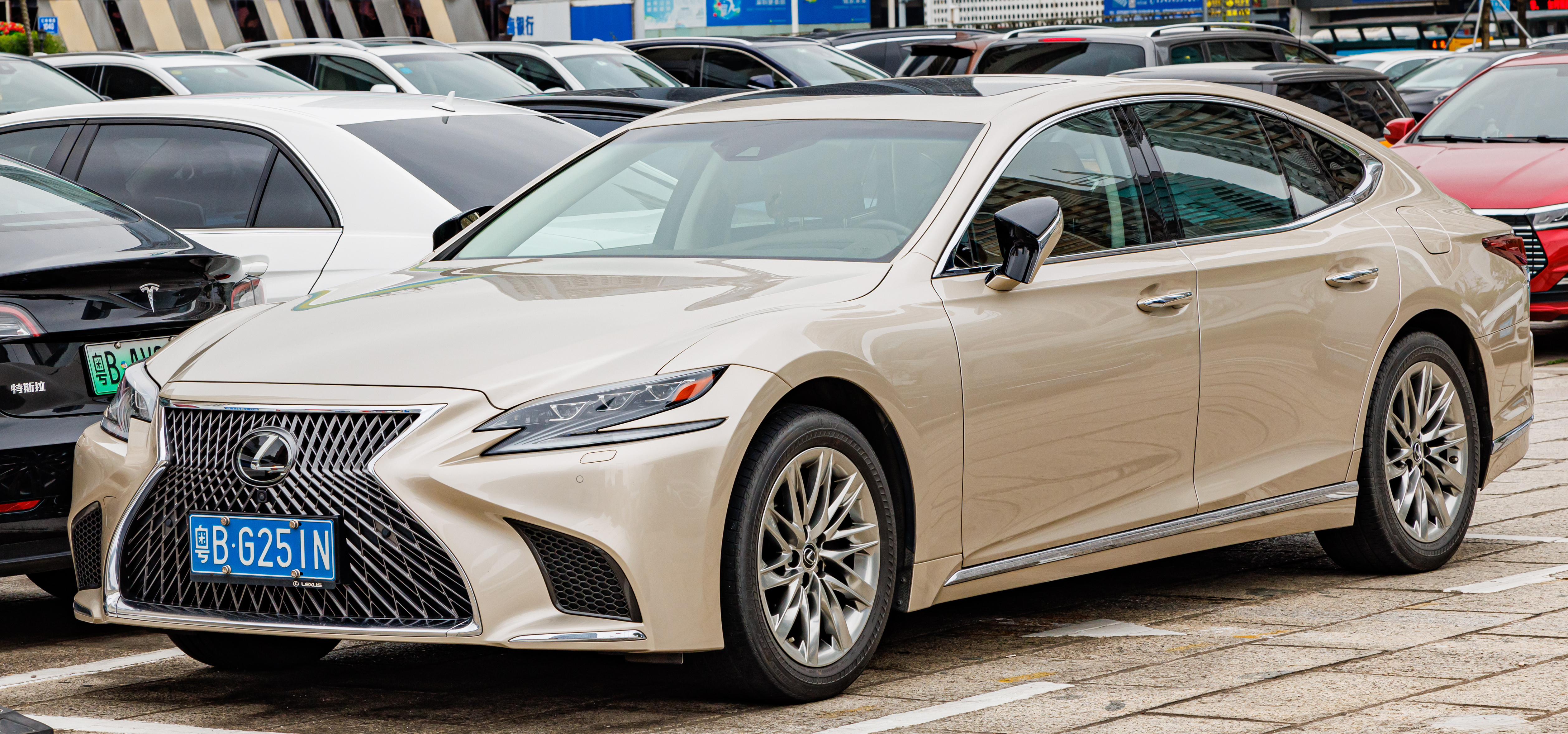
2. **Lexus: The Gold Standard of Luxury and Longevity**For many years, Lexus has been synonymous with unwavering reliability, consistently securing either the first or second spot in Consumer Reports’ rankings. This year proves no exception, with the luxury division of Toyota maintaining its formidable presence near the very top. For 2025, “nothing has really changed for” Lexus, a testament to its enduring commitment to quality and owner satisfaction. It continues to be a benchmark against which other luxury brands are measured, blending opulent comfort with mechanical resilience.
This Japanese brand has cultivated a sterling reputation for building cars that are not just luxurious, but also incredibly durable. Their vehicles are designed and engineered “to last you a lifetime,” offering a longevity that often surpasses their European counterparts. Lexus manages to deliver a premium experience without the typical headaches often associated with high-end vehicles, striking a rare balance between sophisticated design and rock-solid dependability. This combination makes them a highly attractive option for buyers seeking both refinement and peace of mind.
In terms of specific model performance for the 2025 ratings, Lexus showcased impressive consistency. Four of its models proudly received an above-average score, indicating strong reliability across a significant portion of its portfolio. Furthermore, three additional models managed to achieve an average rating, reinforcing the brand’s overall solid performance. This consistent showing across its diverse range of vehicles solidifies Lexus’s position as a premier choice for those prioritizing both luxury and long-term reliability.
Read more about: Beyond the Basics: Unpacking the Best New Car Warranties for 2025 That Offer True Peace of Mind

3. **Toyota: A Traditional Powerhouse Facing New Hurdles**Toyota, the parent company of Lexus, has historically been a titan of reliability, often trading the top two spots with its luxury sibling for many years. However, this year marks a slight shift, as Consumer Reports indicates that Toyota has been “knocked down to third.” This position, while still impressive, reflects some challenges the brand has encountered with specific models. Despite this slight dip, Toyota’s overall commitment to durability and quality remains a core tenet of its engineering philosophy.
The primary factor contributing to Toyota’s slight decline this year was “below-average reliability ratings for three of its vehicles.” These models include the bZ4X EV, the Tundra, and the redesigned Tacoma. The bZ4X EV, in particular, is highlighted for concern, as it shares its platform with Subaru’s Solterra – a vehicle that Consumer Reports explicitly advises should “definitely be avoided” due to its reliability issues. The struggles with these newer or redesigned models underscore the complexities of integrating new technologies and design changes while maintaining a consistent level of reliability.
Despite these specific challenges, the broader Toyota lineup continues to demonstrate exceptional dependability. The report notes that “four Toyota models scored well above average, seven scored above average, and five scored average.” This overwhelming majority of high-scoring vehicles clearly indicates that, “if not for those models,” referring to the bZ4X EV, Tundra, and Tacoma, “Toyota would still reign supreme.” The brand’s deep engineering expertise and proven track record ensure that most of its offerings remain highly reliable, upholding its legacy as a global leader in automotive durability.
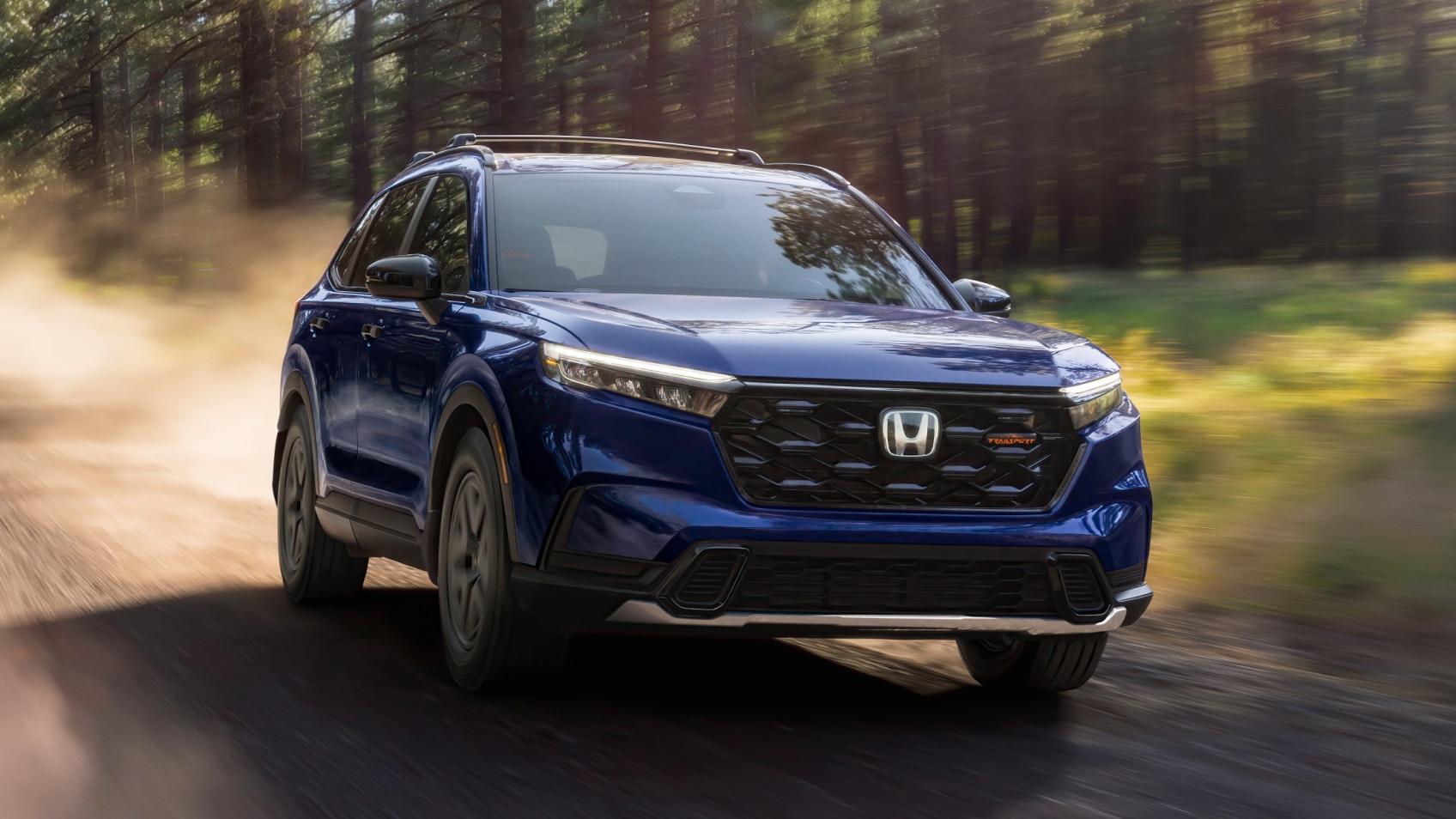
4. **Honda: The Consistent Performer**Honda stands as another venerable Japanese carmaker renowned for its reliability and high-quality vehicles. Consistently found “near the top of every Consumer Reports rating,” Honda has built a reputation for producing dependable cars that stand the test of time. For the 2025 reliability rankings, Honda secured a commendable fourth place overall, reaffirming its status as a go-to brand for consumers prioritizing long-term trouble-free ownership. This consistent performance speaks volumes about its engineering precision and manufacturing standards.
Honda’s strong showing is supported by impressive reliability scores across several of its popular models. The report specifically highlights that “three of Honda’s models, including the CR-V and HR-V compact SUVs, received an above-average score.” These models are staples in the competitive SUV segment, and their high reliability ratings make them particularly appealing to families and individuals seeking practical, durable transportation. Additionally, “another seven getting an average rating” further underscores the widespread dependability found throughout Honda’s diverse vehicle portfolio.
The enduring legacy of Honda is rooted in its practical approach to automotive design and robust mechanical engineering. From fuel-efficient sedans to versatile SUVs, the brand consistently delivers vehicles that meet the rigorous demands of daily driving while minimizing unexpected maintenance issues. This dedication to quality ensures that Honda remains a top choice for those who value longevity and a stress-free ownership experience, solidifying its place as a benchmark for mainstream dependability.
Read more about: The Ultimate Guide to Family-Friendly Cars: Top Picks & Essential Considerations for Kids and Pets in 2025

5. **Acura: Honda’s Luxury Twin**Given Honda’s strong performance in fourth place, it comes as “no surprise that its luxury brand [Acura] follows right behind in fifth.” Acura leverages Honda’s engineering prowess and reliability foundations, translating them into a more premium package. This synergy allows Acura to offer vehicles that provide enhanced comfort, sophisticated features, and refined driving dynamics, all while retaining the core dependability that its parent company is famous for. For buyers seeking a blend of luxury and reliability, Acura presents a compelling option.
Interestingly, the report notes a surprising detail: “Acura no longer offers any hybrid models,” a departure from its parent company, Honda, which has been “one of the pioneers of that game.” This strategic choice by Acura contrasts with the broader industry trend towards electrification and hybrid powertrains, suggesting a different focus for its luxury offerings. Despite this, the brand continues to carve out a niche for itself with its well-regarded internal combustion engine models, focusing on performance and traditional luxury attributes.
For the 2025 Consumer Reports rankings, only two Acura models were specifically rated: the RDX and MDX SUVs. The RDX, a popular compact luxury SUV, received an impressive “above-average score,” indicating strong reliability for this key model. The larger MDX, a three-row luxury SUV, was rated as “average,” still a respectable showing within its competitive segment. These scores reflect Acura’s consistent ability to deliver dependable luxury vehicles, making it a trustworthy choice in the premium market.
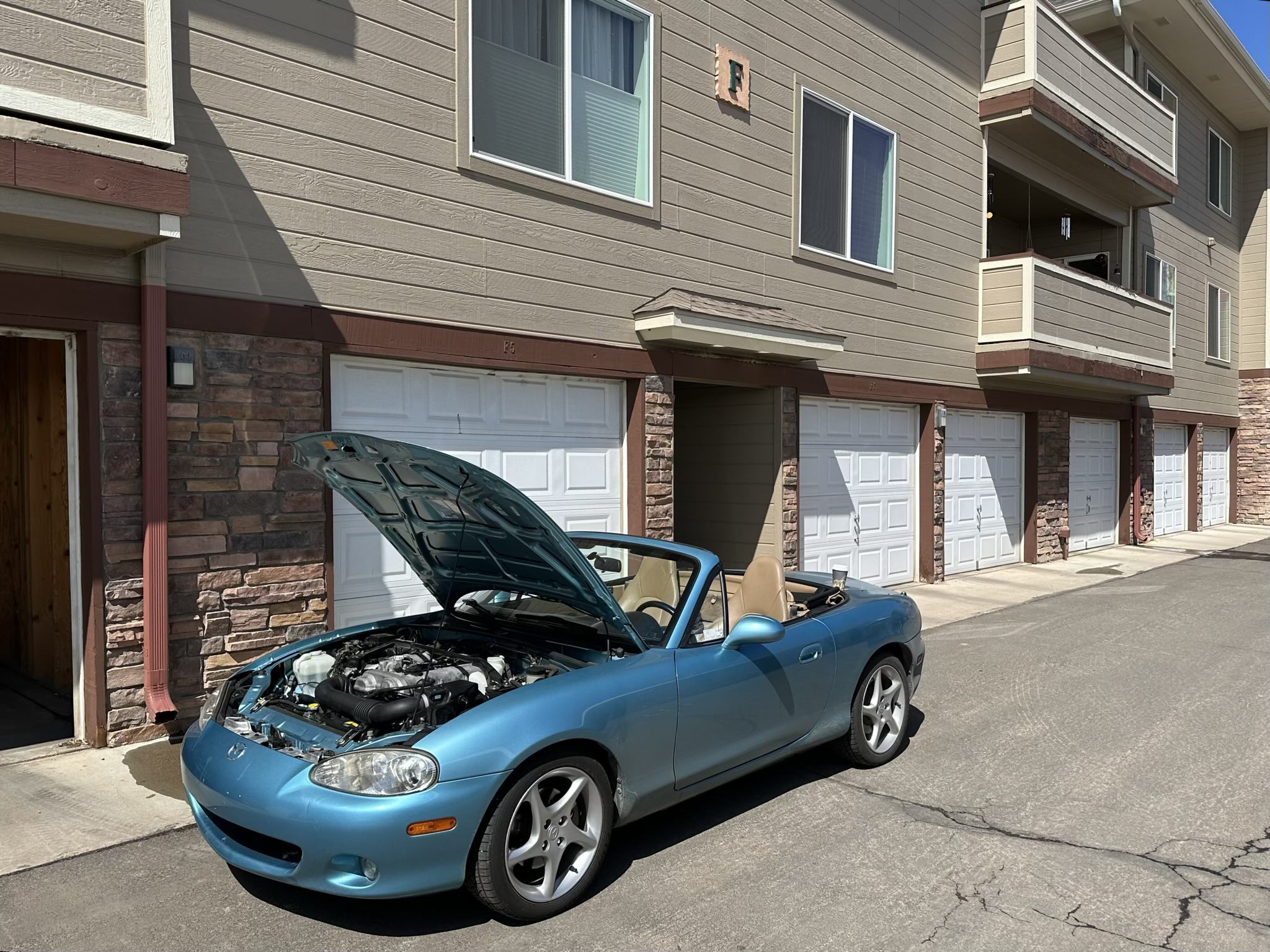
6. **Mazda: Driving Fun Meets Reliability**Mazda has carved out a unique position in the automotive market, offering a compelling combination of style, driving dynamics, affordability, and, crucially, reliability. The brand’s diverse lineup caters to a wide range of preferences, from the iconic open-top two-seater MX-5 Miata, beloved by enthusiasts, to the practical midsize three-row SUV CX-90. Mazda’s commitment to the philosophy of “Zoom-Zoom” ensures that its models are consistently “affordable, good-looking, fun to drive, and reliable,” making them a well-rounded choice for many consumers.
This blend of attributes is clearly reflected in its reliability performance. Consumer Reports has recognized several of Mazda’s vehicles for earning “above-average reliability ratings.” This consistent high scoring across its portfolio speaks to the brand’s meticulous engineering and manufacturing quality. Mazda prioritizes a refined driving experience, and it’s reassuring for consumers to know that this doesn’t come at the expense of long-term dependability.
One area where Mazda particularly shines is within its SUV and crossover segments. The report highlights that these models are “consistently ranking among the best in the segment” for reliability. This is a significant advantage in today’s market, where SUVs and crossovers dominate sales. For buyers looking for a practical, versatile vehicle that is also genuinely enjoyable to drive and built to last, Mazda offers a highly attractive proposition, proving that excitement and dependability can indeed coexist.
Car Model Information: 2016 Honda Civic EX
Name: Mazda MX-5
Manufacturer: Mazda
Aka: unbulleted indent list
Production: 1989–present
Assembly: Hiroshima
Class: Roadster (car),sports car
Layout: unbulleted indent list
Platform: List of Mazda model codes#Model codes
Categories: 1990s cars, 2000s cars, 2010s cars, 2020s cars, All Wikipedia articles in need of updating
Summary: The Mazda MX-5 is a lightweight two-seat sports car manufactured and marketed by Mazda. In Japan, it is marketed as the Mazda Roadster or, previously, as the Eunos Roadster. In the United States it is sold as the Mazda Miata (), and it was formerly marketed under the same name in Canada. The name miata derives from Old High German for “reward”.
Produced at Mazda’s Hiroshima plant, the MX-5 debuted in 1989 at the Chicago Auto Show. It was created under the design credo Jinba ittai, meaning “unity of horse and rider”. Noted for its small, light, balanced and minimalist design, the MX-5 has often been described as a successor to the 1950s and 1960s Italian and British roadsters, with the Lotus Elan serving as a design benchmark.
Each generation is identified by a two-letter code, beginning with the first generation NA. The second generation NB launched in 1998, followed by the third generation NC in 2005, and the fourth generation ND in 2015.
More than one million MX-5s have been sold, making it the best-selling two-seat convertible sports car in history.
Get more information about: Mazda MX-5
Buying a high-performing used car >>>
Brand: Mazda Model: MX-5 Miata
Price: $13,887 Mileage: 99,270 mi.
Read more about: Unearthing Unexpected Value: 9 Economy Rides That Prove Affordability Doesn’t Mean Compromise
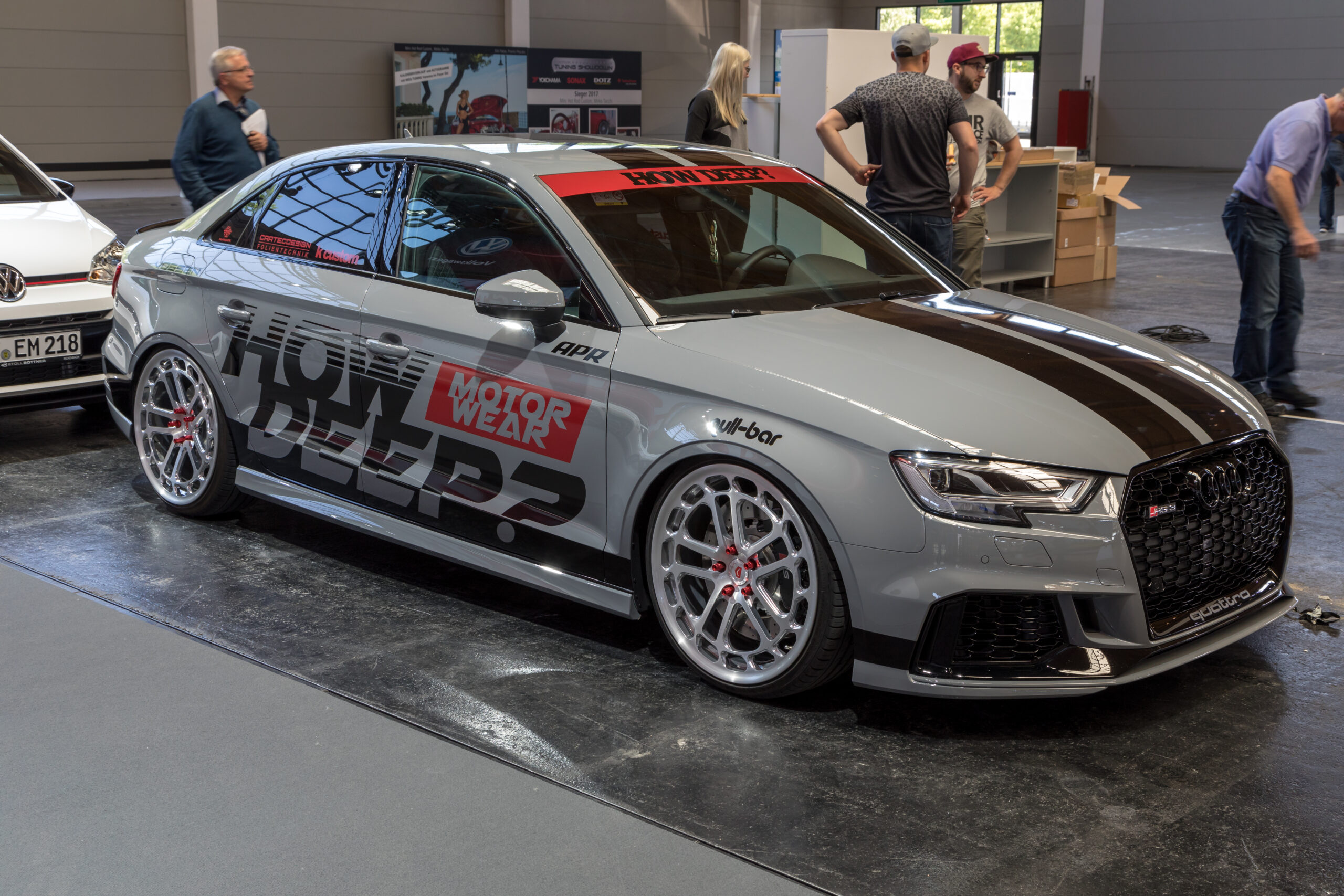
7. **Audi: European Luxury with a Technological Edge**Breaking the dominance of Japanese brands, Audi emerges as the first non-Japanese marque on this reliability list, securing the seventh position. This marks an important transition in the rankings, introducing the complexities and characteristics of European luxury vehicles. Audi is renowned for its sophisticated design, advanced technology, and premium driving experience, factors that appeal to a discerning segment of the market. Its presence here demonstrates that European luxury can, at times, compete effectively in the reliability stakes.
However, European luxury vehicles are often characterized by being “loaded with modern technology.” While this translates to cutting-edge features and an elevated user experience, it also introduces a potential trade-off. As noted by Scientific American, modern technology “tends to fail more often than older tech that’s been tried and tested.” This inherent complexity, with numerous sensors, intricate software, and advanced electronic systems, can sometimes lead to more frequent, albeit often minor, issues compared to vehicles that rely on more established and simpler technologies.
Despite the potential for technological quirks, even the entry-level vehicles in Audi’s lineup offer “excellent build quality” and are generally “more luxurious than most of the Japanese models.” This speaks to the brand’s commitment to craftsmanship and premium materials. Yet, Consumer Reports provides a crucial caveat: these vehicles “also come with higher maintenance and repair costs, so Consumer Reports says it’s hard to recommend used models.” This means that while new Audi vehicles can be dependable, the long-term cost of ownership for older models, due to potentially expensive repairs, should be a significant consideration for prospective buyers.
Following the impressive performance of the top seven, our exploration of automotive dependability continues, delving into the nuances and challenges faced by brands positioned from eighth to fifteenth. This segment provides a comprehensive look at how these manufacturers are navigating the complex landscape of consumer expectations, technological integration, and the relentless pursuit of quality, offering crucial insights for any consumer embarking on a new vehicle purchase.
Read more about: Luxury Car Owner’s Headlight Nightmare: Unmasking the Shocking Costs Behind Modern Automotive Lighting
8. **BMW: A German Powerhouse with Premium Ownership Costs**BMW, a brand synonymous with driving dynamics and luxurious interiors, consistently finds itself in fierce competition with its German counterpart, Audi. While Audi secured a slightly higher position in this year’s reliability rankings, BMW follows closely behind, maintaining its status as a desirable luxury choice for many consumers. The inherent characteristics that define European luxury vehicles, such as their advanced technological integration and sophisticated engineering, are equally applicable to BMW’s extensive lineup.
These vehicles are often laden with cutting-edge features and intricate electronic systems, designed to enhance the driving experience and provide unparalleled comfort. However, as noted in the broader automotive discussion, modern technology tends to exhibit a higher rate of failure compared to tried-and-tested older systems. This complexity, while offering a superior user experience, can sometimes translate into more frequent, albeit minor, issues over the vehicle’s lifespan, a factor that prospective buyers should meticulously consider.
For those in the market for a new luxury vehicle, BMW undoubtedly stands as a top-tier contender, offering exceptional build quality and a premium feel that often surpasses many Japanese alternatives. Yet, this elevated experience typically comes with a caveat: higher maintenance and repair costs. Consumer Reports explicitly advises caution when considering used BMW models, as the long-term cost of ownership, particularly concerning potential repairs, can be significantly more substantial than with their more mechanically straightforward counterparts.
Therefore, while a new BMW offers an exhilarating and opulent driving experience, buyers should prepare for a potentially more involved and expensive ownership journey compared to brands like Lexus or Acura, which consistently prioritize long-term, low-cost dependability alongside their luxury offerings. The initial appeal of German engineering and performance must be weighed against the practical realities of sustained maintenance.
Read more about: Undervalued ’80s Imports: 9 Easy-to-Maintain Restoration Gems You Need to Know About
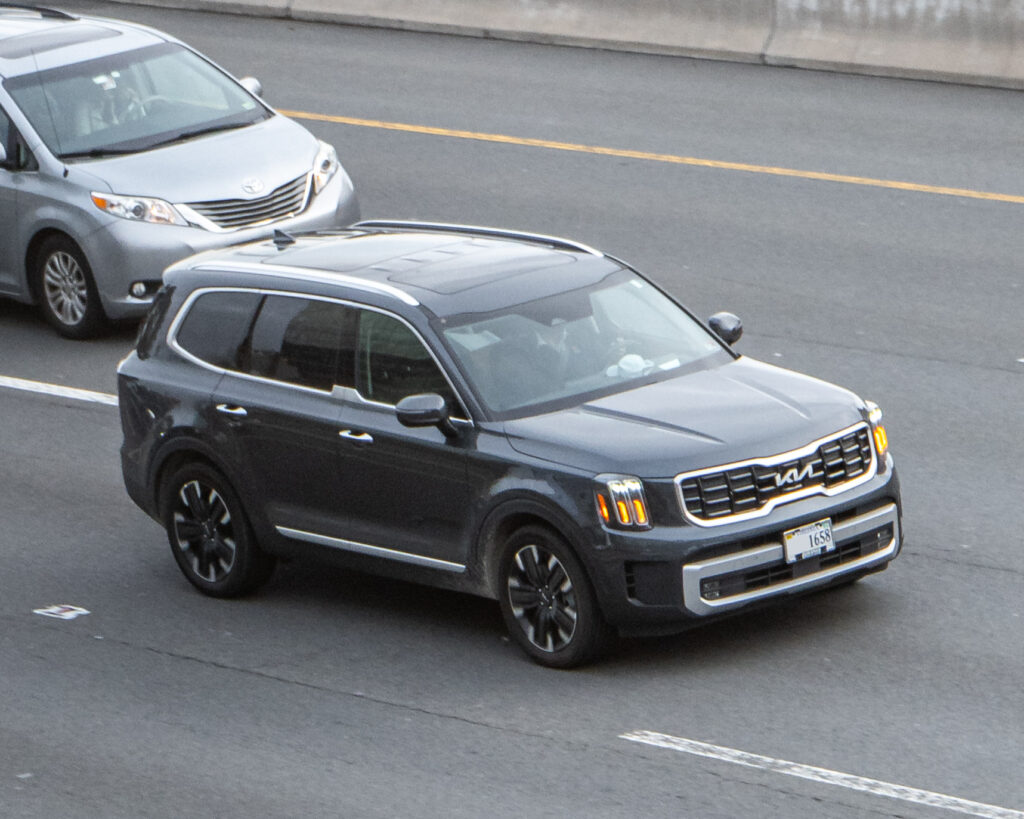
9. **Kia: The Ascent of Korean Engineering**The automotive landscape has witnessed a significant transformation over the past two decades, with Korean automakers Kia and Hyundai emerging as unexpected contenders in the realm of reliability. Once perceived as budget-friendly alternatives with questionable long-term durability, these brands have steadily climbed the ranks, defying earlier predictions and cementing their place among the top reliable car brands. This remarkable evolution underscores a relentless commitment to quality improvement and consumer satisfaction.
Today, Kia boasts a diverse portfolio of vehicles spanning nearly every modern segment, from compact sedans to versatile SUVs and innovative electric models. While its vehicles may not always lead the pack in terms of raw reliability scores when compared to the perennial Japanese frontrunners, Kia strategically mitigates these potential shortcomings through a compelling value proposition. Their aggressive pricing strategies make them highly accessible to a broad market, offering a gateway to modern automotive technology without the prohibitive cost.
Crucially, Kia distinguishes itself with some of the industry’s most comprehensive and generous warranties. These extensive warranty programs serve as a powerful safeguard for consumers, effectively offsetting any lingering concerns about long-term dependability. The assurance of prolonged coverage for major components provides invaluable peace of mind, demonstrating the brand’s confidence in its product while protecting owners from unforeseen repair expenses that might arise down the line.
This combination of competitive pricing and robust warranty protection has enabled Kia to cultivate a loyal customer base and achieve substantial market penetration. It represents a pragmatic choice for buyers who prioritize affordability and risk mitigation, acknowledging that while some reliability metrics might be average, the overall ownership experience is significantly enhanced by strong after-sales support and an attractive initial investment.
Read more about: Unearthing Unexpected Value: 9 Economy Rides That Prove Affordability Doesn’t Mean Compromise

10. **Hyundai: Sharing the Blueprint for Dependability**Mirroring the impressive trajectory of its sibling brand, Kia, Hyundai secures a commendable tenth position in Consumer Reports’ reliability rankings for 2025. This shared success highlights a unified commitment within the Hyundai Motor Group to elevate quality standards and deliver increasingly dependable vehicles to a global audience. The lessons learned and engineering advancements implemented across one brand often benefit the other, creating a synergistic approach to improving reliability.
Hyundai’s current lineup offers a plethora of options for consumers seeking significant value. It is entirely possible to discover serious bargains within their diverse range of vehicles, from efficient urban commuters to spacious family SUVs and pioneering electric models. This accessibility ensures that quality and modern features are not exclusively reserved for premium price points, democratizing the new car buying experience for a wider demographic.
While Hyundai vehicles may not yet achieve the legendary longevity often associated with a Lexus, they have unequivocally proven their capability to endure for hundreds of thousands of miles. This robust durability offers a compelling argument for their long-term viability, making them an excellent choice for buyers who demand a car that reliably performs its duties day in and day out, without the constant threat of premature mechanical failure.
Furthermore, Hyundai has showcased its innovative spirit, particularly in the electric vehicle (EV) segment. The electric Ioniq 5 N, for example, has garnered significant acclaim, establishing itself as one of the most engaging and enjoyable EVs currently available on the market. This demonstrates Hyundai’s ability to not only build dependable vehicles but also to infuse them with cutting-edge technology and exciting performance characteristics, appealing to an evolving consumer base.

11. **Buick: America’s Quietly Reliable Contender**Breaking into the upper echelons of reliability and just missing out on a spot in the top ten, Buick proudly stands as the first American brand to appear on this distinguished list. For consumers who prioritize purchasing an American-made vehicle while simultaneously demanding high levels of dependability, Buick emerges as a clear frontrunner, at least according to the authoritative data compiled by Consumer Reports. This represents a significant achievement for the domestic automotive industry.
Buick’s current vehicle offerings are predominantly centered around two- and three-row SUVs, catering to the popular and growing demand for versatile family transportation. These models are notably distinguished by their refined interiors, which often surpass the material quality and design sophistication found in offerings from other mainstream American brands like Chevrolet or Ford. This commitment to an elevated cabin experience enhances the overall perceived value and comfort for occupants.
Crucially, Buick manages to deliver this enhanced interior quality and practical utility at a price point that remains more accessible than that of traditional luxury brands such as Lexus, Lincoln, or Cadillac. This strategic positioning allows Buick to carve out a unique niche, appealing to buyers who seek a premium feel and solid reliability without incurring the higher financial outlay typically associated with true luxury marques. It presents a compelling middle ground, offering significant bang for the buck.
The brand’s consistent performance in reliability rankings underscores its focus on building durable and dependable vehicles, dispelling older perceptions and solidifying its place as a trustworthy choice for American consumers. Buick proves that an American badge can indeed signify long-term peace of mind, providing a compelling option for those who want both domestic manufacturing and unwavering dependability.
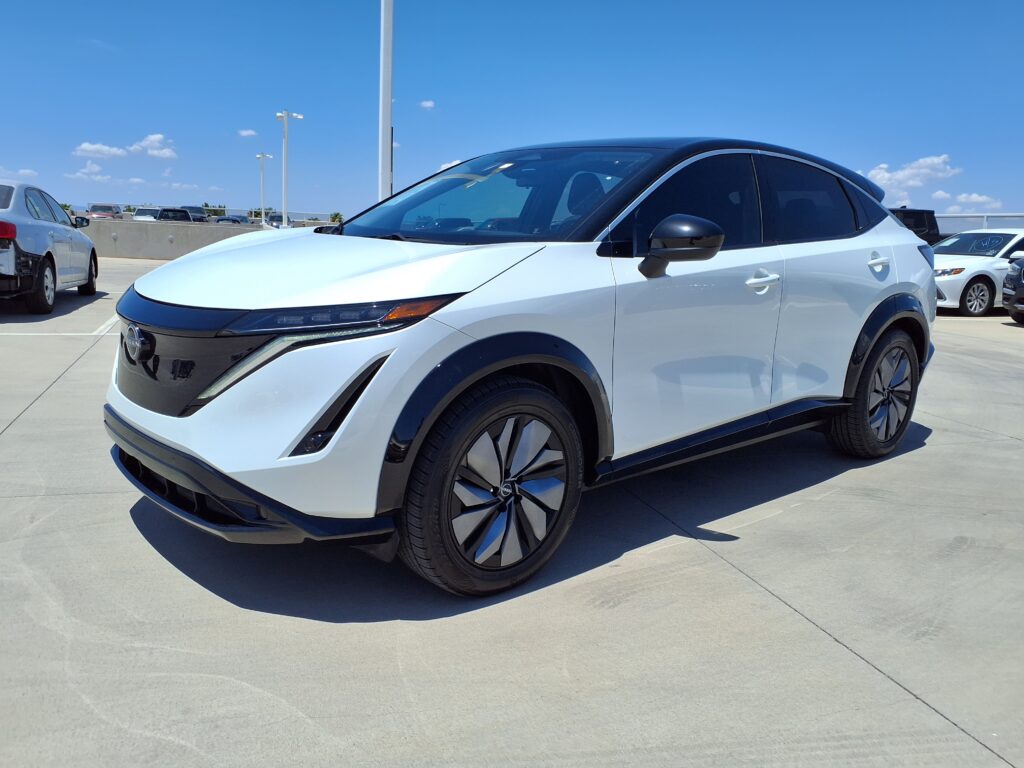
12. **Nissan: Navigating Reliability Challenges**Nissan, a venerable name in the automotive industry, has faced a well-documented journey of fluctuating reliability over the years. It is no secret that a number of its vehicles have struggled with various issues, leading to a degree of uncertainty among consumers. Online resources like “Nissan Problems,” a website specifically dedicated to cataloging common concerns, highlight persistent issues such as problems related to their Continuously Variable Transmission (CVT), instances of engine failures, and a wide array of other mechanical and electrical glitches.
These recurring concerns have undeniably impacted Nissan’s standing in comprehensive reliability assessments. Consumer Reports explicitly states that the brand’s overall scores suffer as a direct consequence of its “up-and-down reliability” and a tendency towards “average to below-average owner satisfaction.” This consistent feedback from owners underscores a pervasive sentiment that the ownership experience, at times, can be less predictable and more demanding than with top-tier dependable brands.
Despite these acknowledged challenges, Nissan remarkably managed to secure the twelfth position among the 22 car manufacturers included in this year’s Consumer Reports ranking. This indicates that while certain models or systems may present issues, there are still segments of its lineup that demonstrate sufficient reliability to keep the brand from falling further down the list. It suggests a mixed bag of performance across its diverse vehicle portfolio, with some models holding up better than others.
For prospective buyers, this means that due diligence is particularly crucial when considering a Nissan vehicle. While the brand offers attractive designs and competitive features, a thorough investigation into model-specific reliability data and owner reviews is essential to mitigate the risk of encountering some of the widely reported issues. Nissan continues to be a major player, but it demands careful consideration from reliability-conscious consumers.
Read more about: Buyer’s Remorse on Wheels: The 15 Vehicles That Left Owners Longing for a Do-Over
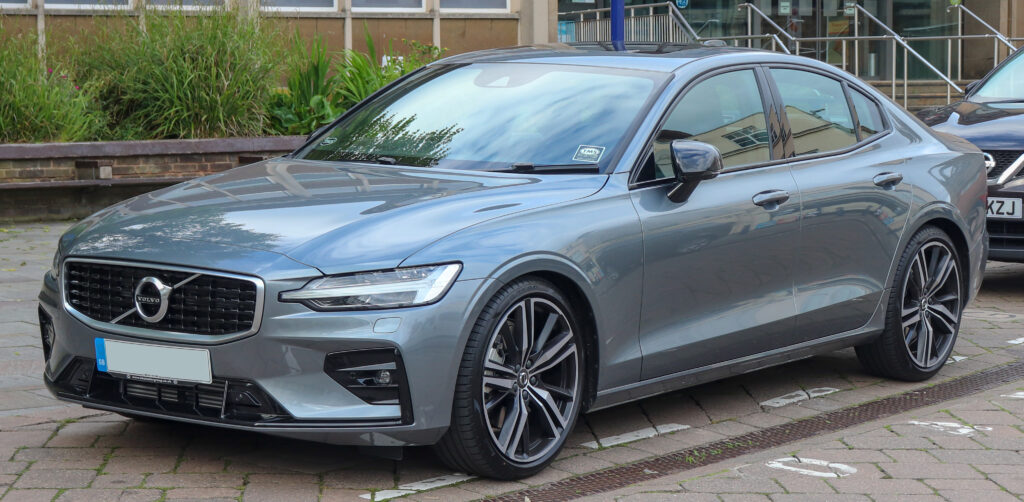
13. **Ford: The Reality Behind “Built Ford Tough”**Ford, an iconic American automaker, has long championed its enduring legacy of ruggedness with the renowned slogan “Built Ford Tough,” particularly in reference to its best-selling pickup trucks. However, when assessed through the rigorous lens of reliability, the brand finds itself in the thirteenth position on this comprehensive list. This ranking provides a more nuanced perspective on Ford’s dependability, distinguishing marketing perception from real-world, long-term ownership experiences.
A prime example of this discrepancy is the Ford F-150, which consistently holds the title as one of the best-selling trucks across the North American market. Despite its immense popularity and strong brand loyalty, Consumer Reports, a trusted authority in consumer advocacy, awarded the F-150 a “below-average reliability rating” in its latest assessments. This finding is particularly significant given the truck’s widespread adoption and the expectations of durability associated with it.
Expanding beyond its flagship truck, the reliability picture for the broader Ford lineup presents a similar trend. With a few notable exceptions, the majority of Ford vehicles have received reliability ratings ranging from “average to below-average.” The positive outliers in this assessment include the venerable Ford Mustang, known for its enduring appeal and performance, the innovative electric Mustang Mach-E, and the compact yet capable Maverick truck. These models demonstrate pockets of stronger dependability within the brand’s diverse offerings.
For consumers, these findings suggest that while Ford continues to produce highly popular and feature-rich vehicles, the expectation of “toughness” should be tempered with an understanding of predicted reliability data. Buyers considering a Ford should specifically research individual model ratings, as the overall brand performance indicates variability that could significantly impact the long-term ownership experience and potential for unexpected repair costs.
Car Model Information: 2016 Honda Civic EX
Name: Ford F-Series
Caption: 2022 Ford F-150 Lariat Luxury
Manufacturer: Ford Motor Company
Aka: Ford Lobo (Mexico, 1992–present)
Production: 1948–present
Class: Pickup truck#Full-size pickup truck
Layout: Front-engine, rear-wheel-drive layout,rear-wheel drive
Predecessor: 1941 Ford
Categories: All-wheel-drive vehicles, All Wikipedia articles written in American English, All articles that may contain original research, All articles with unsourced statements, Articles that may contain original research from September 2020
Summary: The Ford F-Series is a series of light-duty trucks marketed and manufactured by the Ford Motor Company since model year 1948 as a range of full-sized pickup trucks — positioned between Ford’s Ranger and Super Duty pickup trucks. Alongside the F-150 (introduced in 1975), the F-Series also includes the Super Duty series (introduced in 1999), which includes the heavier-duty F-250 through F-450 pickups, F-450/F-550 chassis cabs, and F-600/F-650/F-750 Class 6–8 commercial trucks.
The most popular version of the model line is the F-150 pickup truck, currently in its fourteenth generation (introduced for the 2021 model year). From 1953 to 1983, the entry-level F-Series pickup was the 1⁄2 ton F-100. Starting in 1984, the F-150 became the entry-level. The F-150 has a long-running high-performance off-road trim level introduced for 2010, the (SVT) Raptor currently consisting of three generations. Production of the F-150 SVT Raptor ended in 2014 and was succeeded in 2017 by a new F-150 Raptor, which is based on the thirteenth and fourteenth generation F-150.
The F-Series trucks have been developed into a wide range of design configurations. Alongside medium-duty trucks and “Big Job” conventional trucks (the forerunners of the Ford L-series), the model line has been marketed as a chassis-cab truck and a panel van (a predecessor of the Ford E-Series). The F-Series has served as the platform for various full-sized Ford SUVs, including the Ford Bronco, Ford Expedition/Lincoln Navigator, and Ford Excursion. The F-Series has been marketed by its three North American brands: by Mercury as the M-Series (in Canada from 1948 to 1968), and by Lincoln in the 2000s, as the Blackwood and the later Mark LT (2010s for the latter in Mexico only).
Since 1977, the F-Series has remained the best-selling pickup truck line in the United States; it has been the best-selling vehicle overall since 1981. The F-Series has been the best-selling truck in Canada for over 50 years. As of the 2018 model year, the F-Series generated $41 billion (~$50.3 billion in 2024) in annual revenue for Ford. By January 2022, the F-Series models have sold over 40 million units. Currently, Ford manufactures the F-Series in four facilities in the United States.
Get more information about: Ford F-Series
Buying a high-performing used car >>>
Brand: Ford Model: pickup trucks
Price: $13,887 Mileage: 99,270 mi.
Read more about: Protect Your Retirement Budget: 14 Popular Car Brands and Models Retirees Should Think Twice About
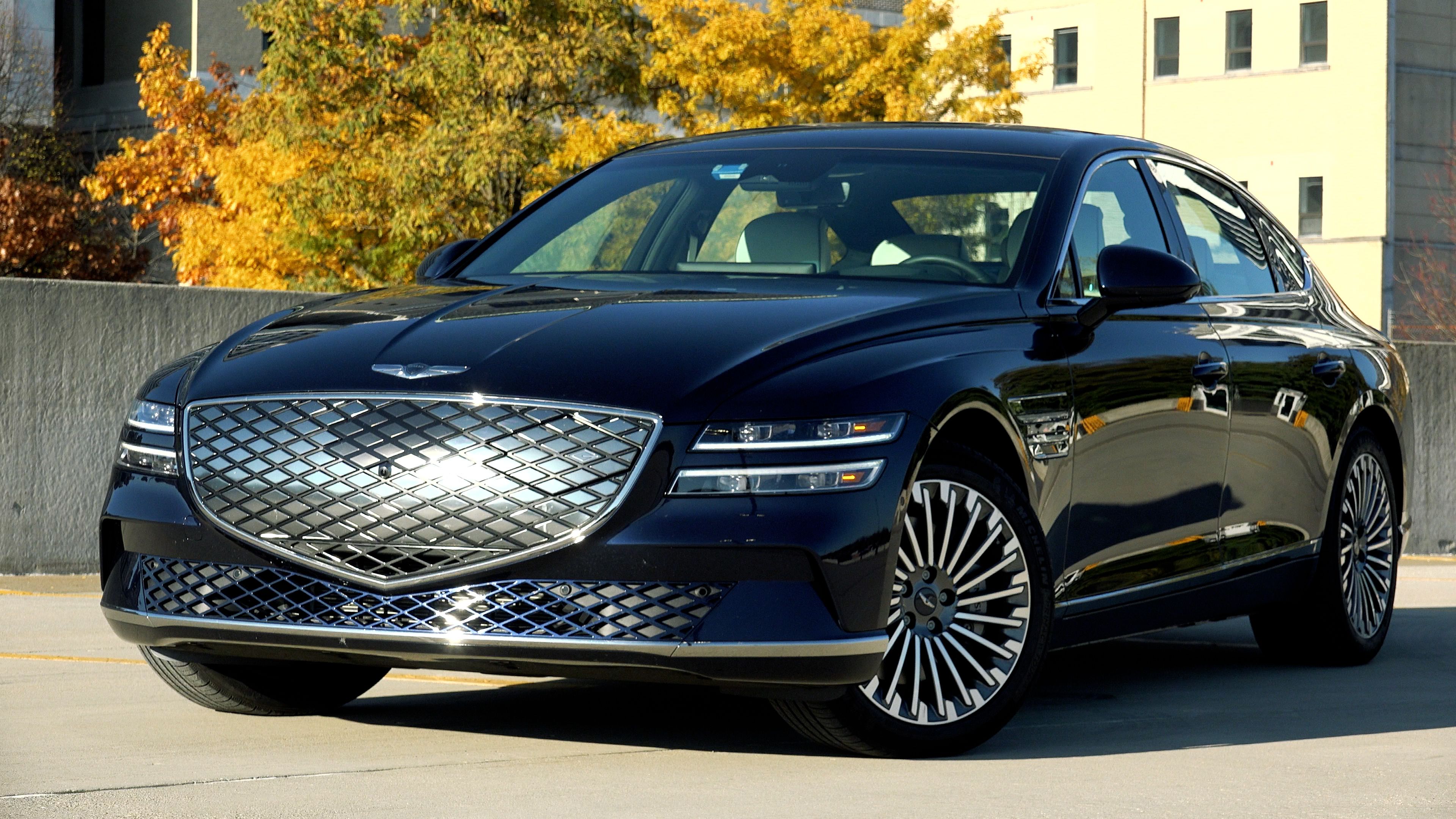
14. **Genesis: Luxury Aspirations Meet Varied Reliability**Genesis, the luxury division of the Hyundai Motor Group, has made considerable strides in challenging established luxury carmakers with its compelling designs, advanced technology, and often more accessible price points. Positioned as a direct competitor to premium brands from Germany and Japan, Genesis aims to offer an opulent experience without the typically higher cost of entry. This strategy has allowed it to quickly gain market share and critical acclaim for its ambitious vehicle lineup.
In terms of initial impressions and driving performance, Genesis models tend to impress during road tests, earning accolades for their refined powertrains, comfortable rides, and high-quality interiors. This capability to deliver a luxurious and engaging driving experience is a testament to the significant investment and engineering prowess within the Hyundai Motor Group. The brand successfully offers a premium feel that resonates with discerning buyers looking for an alternative to traditional luxury marques.
However, when it comes to long-term reliability, the picture becomes somewhat more varied. Consumer Reports indicates that while Genesis models generally perform well in road evaluations, their actual reliability performance can fluctuate. The report specifically notes that “some models having dropped to below-average reliability ratings.” This inconsistency means that not all Genesis vehicles perform equally in terms of long-term dependability, creating a mixed bag for prospective owners.
This variability in reliability underscores the typical challenges faced by newer luxury brands as they introduce complex technologies and sophisticated designs. While the initial quality and driving experience are often excellent, the long-term endurance of these intricate systems can be less predictable. Buyers considering a Genesis should therefore conduct thorough research into the reliability history of specific models rather than relying solely on the brand’s overall luxurious appeal.

15. **Volvo: Safety First, Reliability Second**Volvo, the esteemed Swedish carmaker, has historically been renowned for its unwavering commitment to safety and for producing exceptionally robust vehicles. The iconic image of “brick-shaped cars that were surprisingly fun to drive and so well-built that they could probably emerge unscathed from a demolition derby” once defined the brand. However, the modern automotive landscape has shifted, and while Volvo steadfastly maintains its reputation for safety-focused engineering, its performance in other critical areas, particularly reliability, has seen a notable decline.
Today’s Volvo vehicles continue to incorporate cutting-edge safety innovations and boast impressive crash test ratings, solidifying their position as a top choice for safety-conscious consumers. Yet, this intense focus has, at times, come at the expense of consistent reliability across its newer models. Consumer Reports’ findings reflect this trend, stating that “most of Volvo’s new cars scored average or below average in their reliability rankings.” This indicates a systemic challenge in achieving the same level of mechanical dependability that characterized earlier generations of Volvo vehicles.
The comprehensive assessment by Consumer Reports further paints a challenging picture for Volvo’s overall ownership experience. While ranking 15th for new car reliability, the brand falls to 17th in owner satisfaction, suggesting that even when issues are minor, they can detract from the overall enjoyment of the vehicle. More concerningly, Volvo ranks a distant 24th in maintenance and repair costs, which, combined with its reliability and satisfaction scores, culminates in an overall 22nd place finish.
These statistics suggest that while Volvo remains a paragon of automotive safety, prospective buyers should be prepared for potentially higher long-term ownership costs and a less consistent reliability experience compared to many competitors. The brand appeals strongly to those who prioritize occupant protection above all else, but it requires a careful consideration of the practical implications regarding maintenance and repair expenses.
**Your Roadmap to Worry-Free Driving**
Navigating the new car market can feel like a daunting task, especially with the average vehicle price hovering near $50,000. The last thing any buyer wants is to spend their precious weekends in a repair shop or engaged in frustrating disputes with roadside assistance. This comprehensive overview of car brand reliability, meticulously compiled from sources like Consumer Reports, provides you with a crucial starting point—not just for assessing potential issues, but for ensuring genuine peace of mind throughout your ownership journey.
What stands out clearly from this year’s rankings is the continued dominance of Japanese brands, which consistently set the benchmark for long-term dependability. However, the automotive world is dynamic, and a few surprising contenders, such as Buick, have quietly demonstrated significant strides in closing the reliability gap. It’s a vital reminder that while no car is utterly perfect, the gap in ease of ownership between the most and least reliable vehicles can be substantial.
Read more about: Beyond the Showroom Shine: 15 Car Brands and Models Driving Experts Would Never Buy – And Why You Shouldn’t Either
For those whose priority is longevity, minimal stress, and a vehicle that consistently gets you to your destination without incident, focusing your search on the top half of this list is a highly advisable strategy. These brands have proven their commitment to engineering excellence and customer satisfaction. Conversely, if your heart is set on a flashier model or a brand known for cutting-edge technology but with a more mixed reliability record, at least now you possess the essential knowledge to proceed with eyes wide open. Understanding the potential trade-offs regarding maintenance and repair costs allows you to make an informed decision, ensuring you know exactly what you’re embarking upon. Drive confidently, equipped with the data to make the smartest choice for your next ride.


